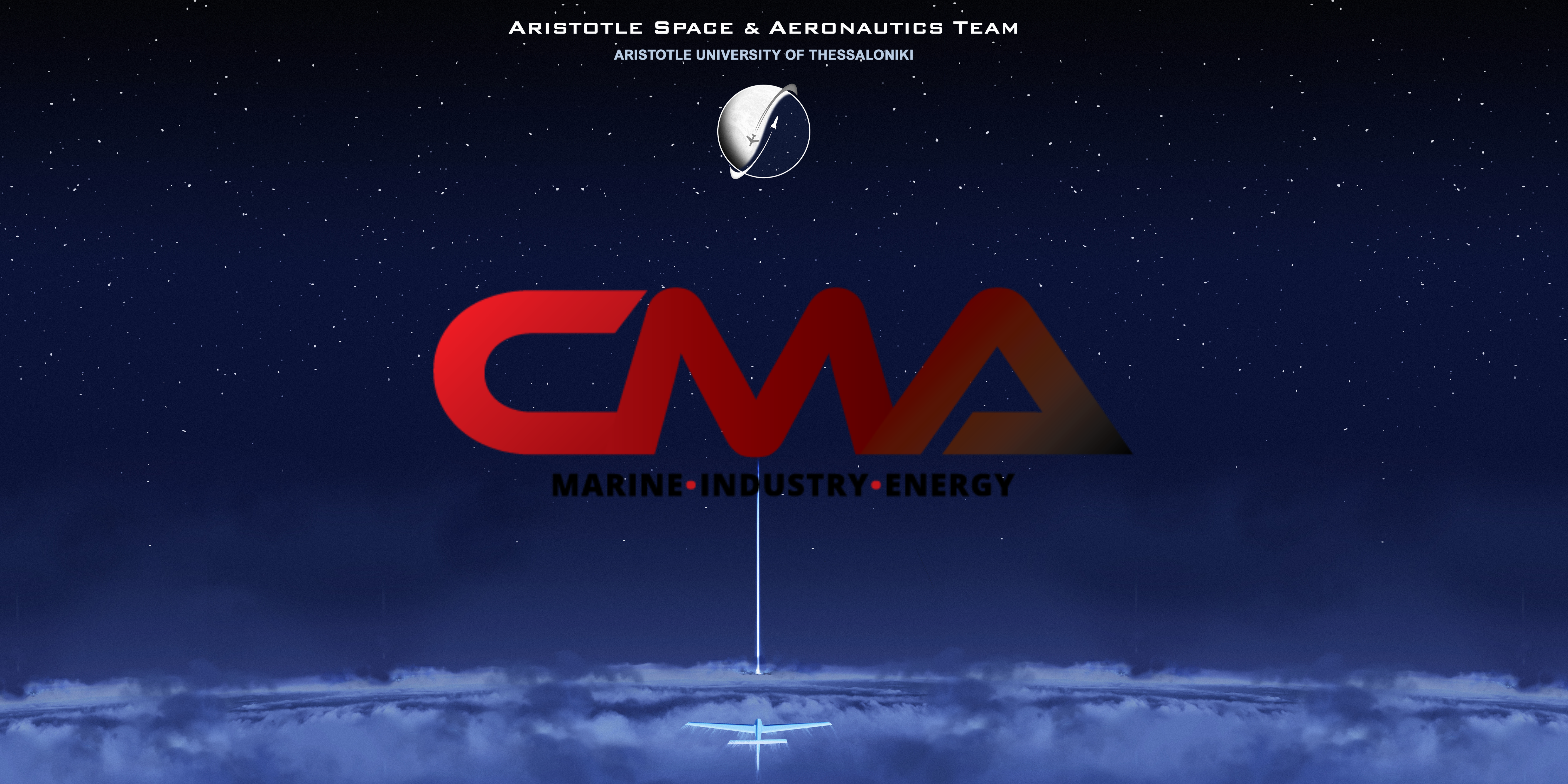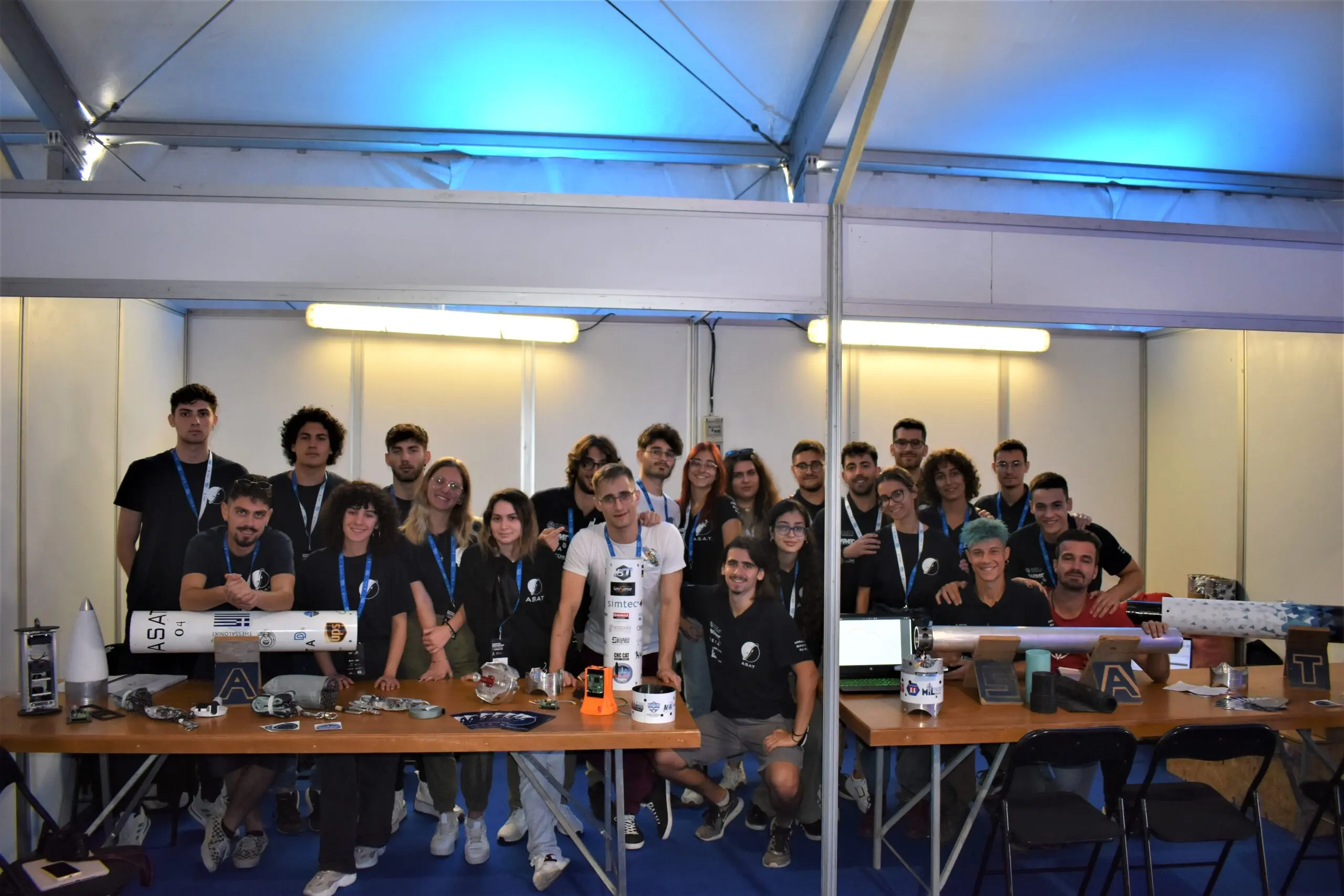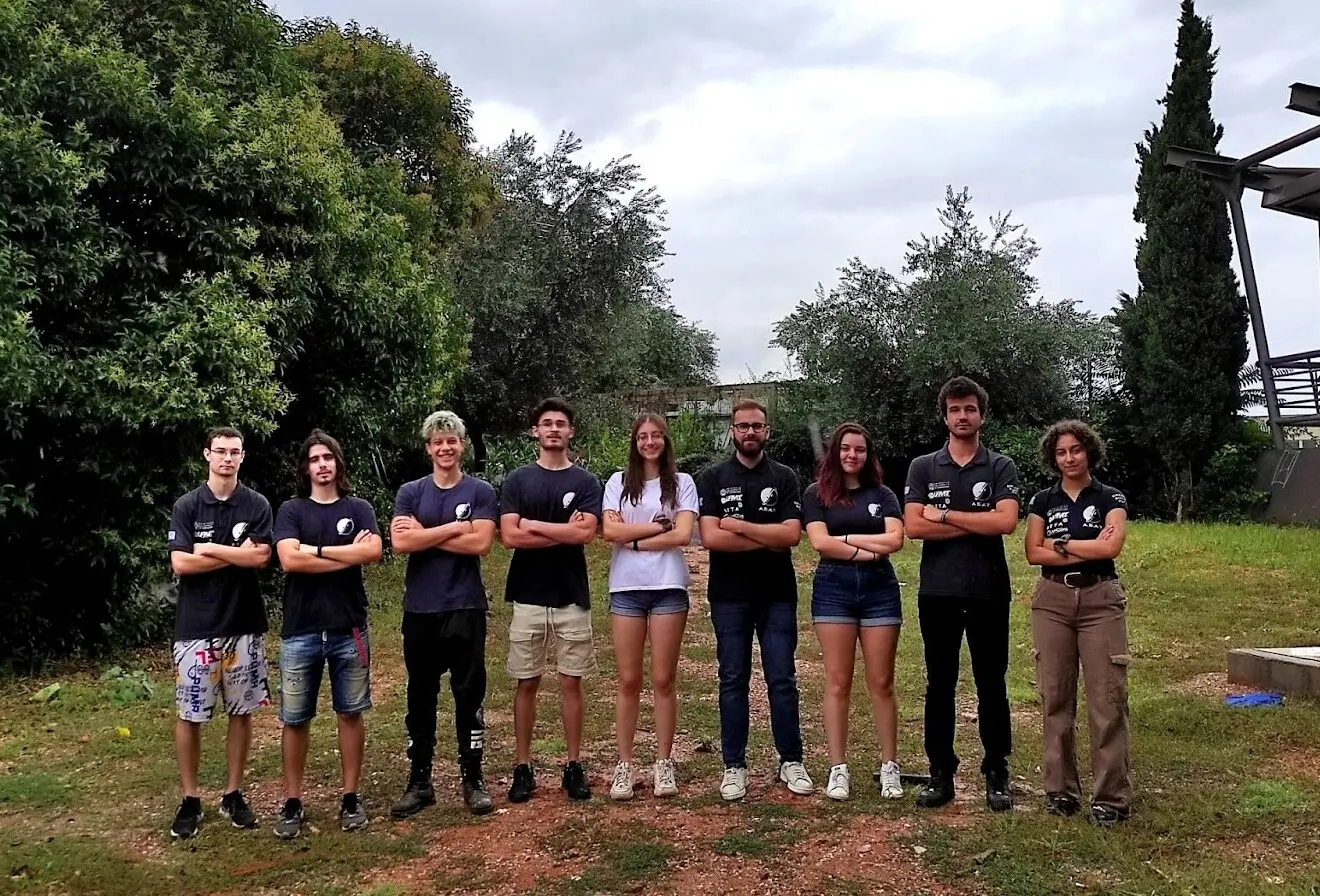Η επαναφορά των πυραύλων Η1 και Η2 στο έδαφος, όπως και στους περισσότερους πυραύλους αυτών των εφαρμογών, έγινε με την χρήση αλεξιπτώτων. Πώς όμως θα μπορέσει ο μηχανισμός εκτόξευσης του αλεξιπτώτου να ενεργοποιηθεί στο απόγειο;
Η πιο συνηθισμένη μέθοδος απελευθέρωσης ενός αλεξιπτώτου στο απόγειο γίνεται με τη χρήση ενός πυροτεχνικού μηχανισμού. Η βασική ιδέα ενός τέτοιου μηχανισμού είναι η δημιουργία πίεσης εντός του θαλάμου που βρίσκονται τα αλεξίπτωτα (recovery bay) μέσω της καύσης black powder, ώστε να εκτοξευθεί η μύτη του πυραύλου (nose cone) και να απελευθερωθεί το αλεξίπτωτο. Η ομάδα μας στα μοντέλα H1 και H2 κατάφερε να δημιουργήσει έναν τέτοιο μηχανισμό με μια όμως πρωτοτυπία: μελέτησε και υλοποίησε έναν πυροτεχνικό μηχανισμό απελευθέρωσης με πιστόνι. Η βάση αυτής της ιδέας προήλθε από την σκέψη ότι είναι προτιμότερο η καύση να γίνει εντός ενός μικρότερου θαλάμου ώστε να περιοριστούν τα καυσαέρια του black powder και να προστατευθούν τα αλεξίπτωτα από την θερμότητα που εκλύεται αλλά και το ίδιο το tube. Επιπλέον, παρατηρήθηκε μέσω στατικών δοκιμών ότι με τη χρήση πιστονιού απαιτούνταν μικρότερη ποσότητα black powder για την εκτίναξη του nose cone σε αντίθεση με την περίπτωση χωρίς πιστόνι.

Ο μηχανισμός λειτουργεί με τον εξής τρόπο: Εντός του πιστονιού, τοποθετείται μια καθορισμένη ποσότητα black powder που είναι τοποθετημένη εντός ενός φιαλιδίου (ejection canister). Στο φιαλίδιο υπάρχει ένα σύρμα υψηλής αντίστασης (bridgewire) σε επαφή με το black powder. Όταν ο υπολογιστής πτήσης ανιχνεύσει το απόγειο, μια μπαταρία θα προσφέρει την απαραίτητη ισχύ στο σύρμα ώστε αυτό να πυρωθεί και να κάψει την ποσότητα black powder (ejection charge). Τότε, το πιστόνι θα εκτοξευθεί λόγω της πίεσης στο εσωτερικό του, θα χτυπήσει το nosecone και αυτό θα εκτιναχθεί. Η εκτίναξη του nose cone θα συμπαρασύρει και το αλεξίπτωτο, το οποίο θα ανοίξει και θα επιτρέψει την ασφαλή επαναφορά του πυραύλου στο έδαφος. Προφανώς, το αλεξίπτωτο καλύπτεται με συγκεκριμένο τρόπο με μια πυρίμαχη κουβέρτα, ώστε να το προστατεύσει από τυχόν προϊόντα της καύσης του black powder. Επίσης, το πιστόνι συγκρατείται με συγκεκριμένο τρόπο στο σώμα του πυραύλου ώστε μετά την εκτόνωσή του να μη φύγει εκτός του πυραύλου και γίνει επικίνδυνο για τη σωματική ακεραιότητα των ατόμων που παρακολουθούν την πτήση.

Ο συγκεκριμένος μηχανισμός, πριν την πτήση, υποβλήθηκε σε πολλές δοκιμές με υψηλότατο ποσοστό επιτυχίας.

Η εταιρία CMAD. ARGOUDELIS & COS.A. ανακοινώνει την συνεργασία της με την ASAT
Η εταιρία CMA D. ARGOUDELIS & CO S.A. υποστηρίζει ως Χάλκινος Χορηγός την ερευνητική ομάδα «A.S.A.T. (Aristotle Space & Aeronautics Team, project Sirius Engine)», δείχνοντας



